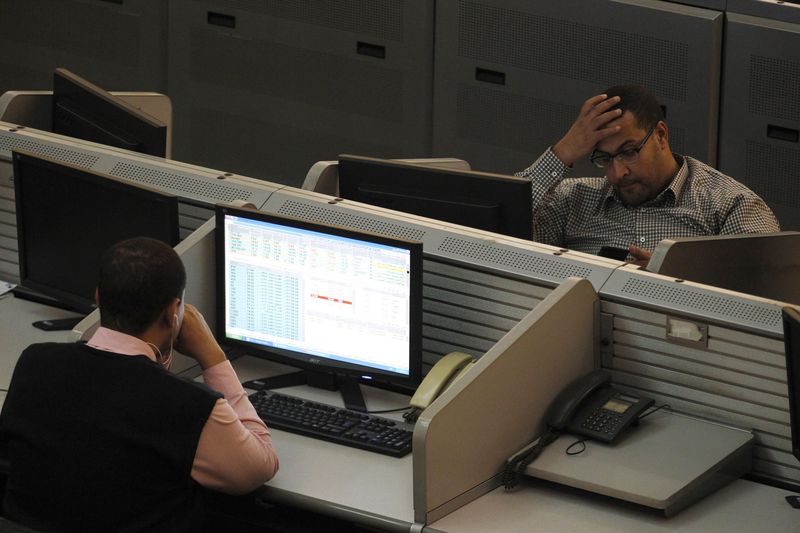© Reuters.
Standard Chartered (OTC:), a lender primarily focused on emerging markets, has reported a significant drop in its third-quarter pre-tax profit. The bank’s Q3 statutory pre-tax profit fell to $633 million, marking a decrease of over half from the previous year due to the escalating crisis in China’s real estate market. This figure contrasts sharply with last year’s $996 million and falls well below the average analyst estimate of $1.41 billion.
The bank attributed part of its losses to the struggling Chinese commercial real estate sector, posting $294 million in impairment charges. Of these charges, $186 million were directly linked to this distressed market, reflecting a decline in asset value.
Additionally, Standard Chartered suffered a hefty $700 million impairment charge related to its stake in China Bohai Bank. This was primarily due to weak Q2 earnings and an adverse macroeconomic scenario.
Despite these challenges, CEO Bill Winters remains optimistic about China’s potential economic resurgence. The bank is currently undergoing global restructuring efforts, which include withdrawing from markets in sub-Saharan Africa and Jordan and selling off its jet leasing unit to a Saudi wealth fund for $3.6 billion.
By 2024, Standard Chartered aims to reduce costs by more than $1 billion as it continues acquisition talks with First Abu Dhabi Bank. Outgoing finance chief Andy Halford leaves the bank in a robust position, boasting a solid CET1 ratio and an anticipated 10% return on tangible equity by 2023.
Earlier this year, Standard Chartered reported a 19% increase in first-half pre-tax profit, exceeding analysts’ predictions. However, the bank’s recent third-quarter pre-tax profit fell by one-third due to a challenging economic backdrop and exposure to China’s troubled real estate and banking sectors. Despite these obstacles, StanChart remains confident about achieving its return on tangible equity targets of 10% this year and 11% in 2024.
This article was generated with the support of AI and reviewed by an editor. For more information see our T&C.
Read the full article here





